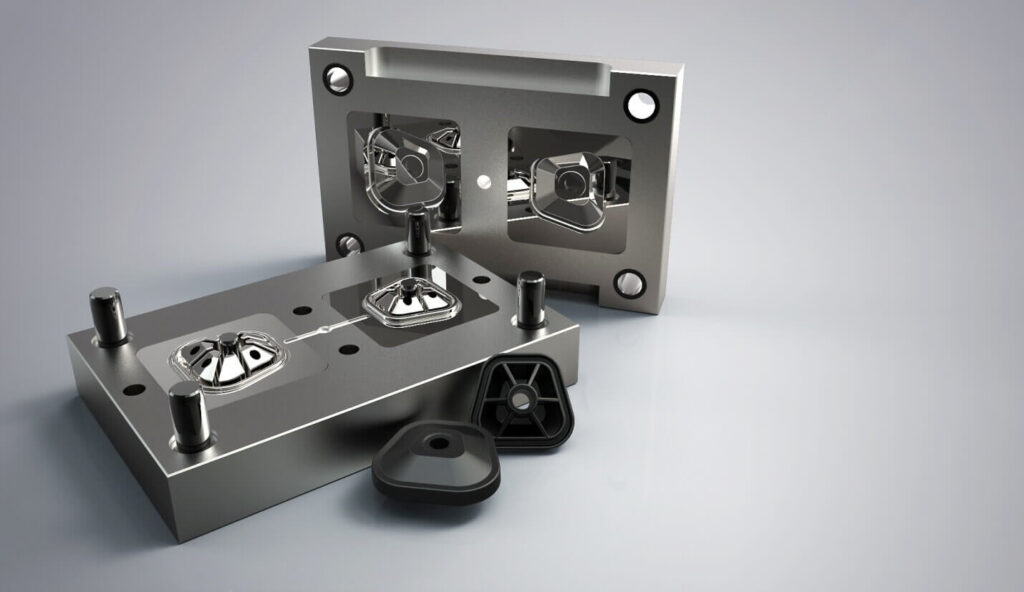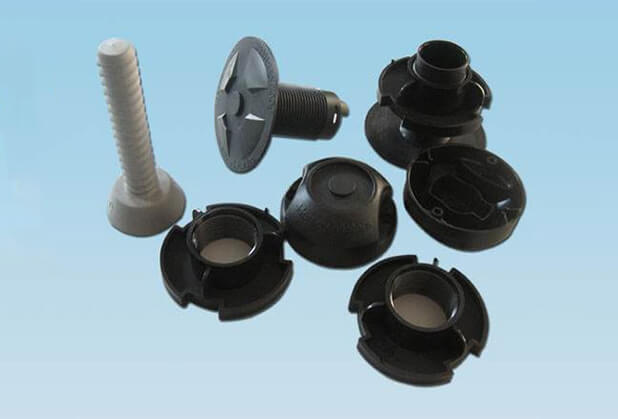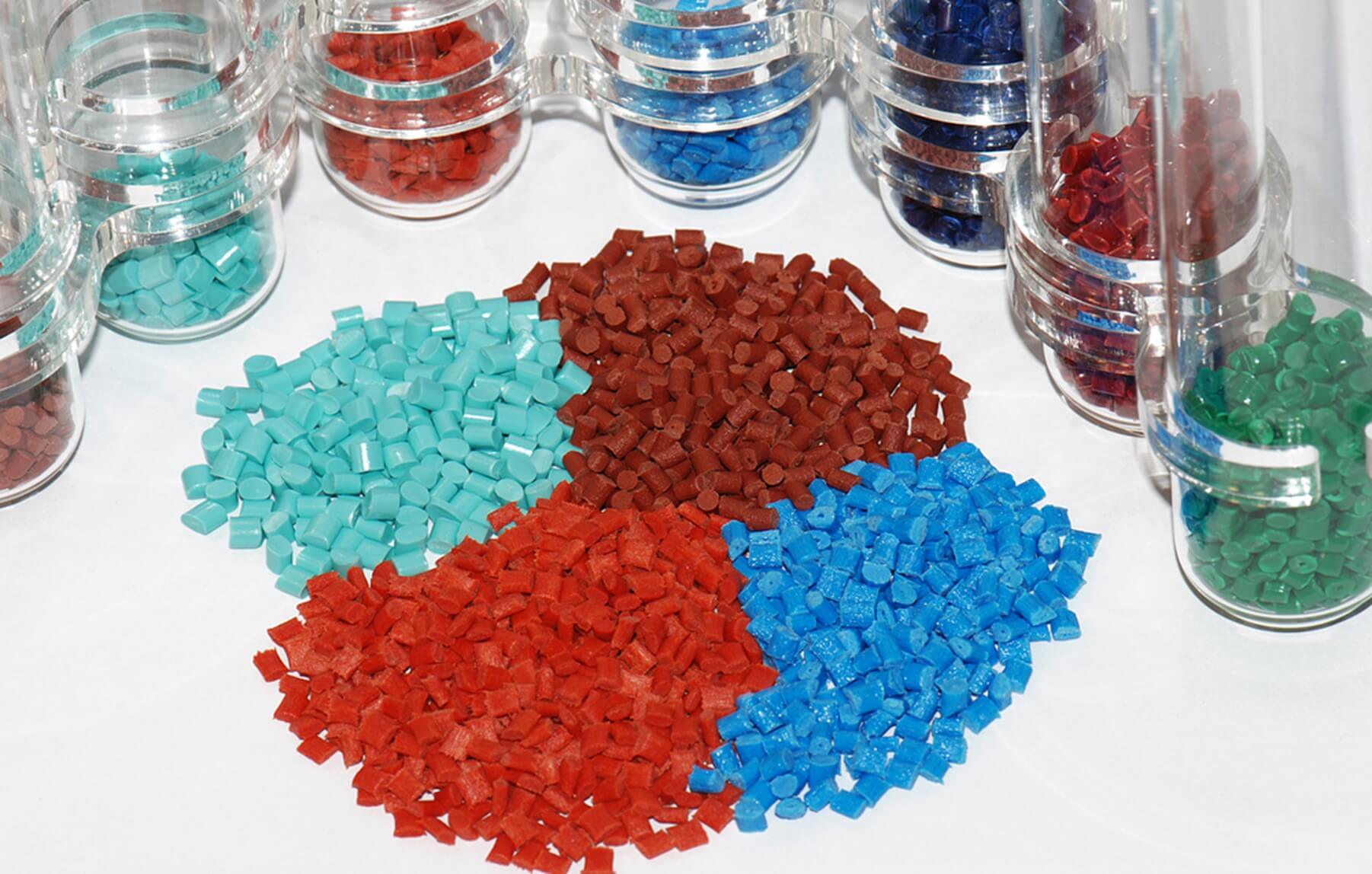Main factors affecting injection mold cost
When it comes to injection molding, material selection plays a vital role in determining the overall cost of the process. Material selection not only affects the quality and performance of the final product, but also has a significant impact on the cost of the injection mold itself. In this article, we will explore the various factors that affect the cost of injection molds, focusing specifically on material selection.
1.Type of material used
Different materials have different properties such as strength, flexibility and heat resistance. These properties determine the complexity of the mold design and manufacturing process, which in turn affects the cost. For example, high-performance materials such as engineering plastics or metal alloys require more complex molds and specialized equipment, resulting in higher costs.

2.Production volume
The selection of materials should be based on the expected production volume as it directly affects the cost of the injection mold. For small-volume production, materials such as aluminum or mild steel may be suitable because they are cheaper and easier to process. On the other hand, for large-volume production, materials such as hardened steel are preferred because they are more expensive but have better durability and longer tool life.
3.Complexity of part design
Because complex designs with undercuts, thin walls or complex geometries will require more complex molds, the manufacturing cost will also be higher.
In addition, some materials may not be suitable for complex designs due to their limited flow or shrinkage characteristics, which further affects the mold cost. Therefore, design complexity and material compatibility must be considered to optimize injection mold costs.

4.Surface finish of the product
The surface finish requirements of the final product will affect the choice of materials, which in turn affects the cost of the mold. Some materials, such as glass-filled plastics, may require additional surface treatments or coatings to achieve the desired finish. These additional processes can increase the overall cost of the injection mold.
Therefore, it is critical to carefully consider surface finish requirements and select materials that can meet these requirements without incurring significant additional costs.
5.Material Selection
Material selection can also affect the maintenance and lifespan of an injection mold. Certain materials, such as corrosive plastics or abrasives, can cause mold wear over time, increasing maintenance and repair costs.
Therefore, it is important to select materials that are compatible with the expected production environment and the properties of the material being molded. This consideration can help minimize long-term costs associated with mold maintenance and replacement.
